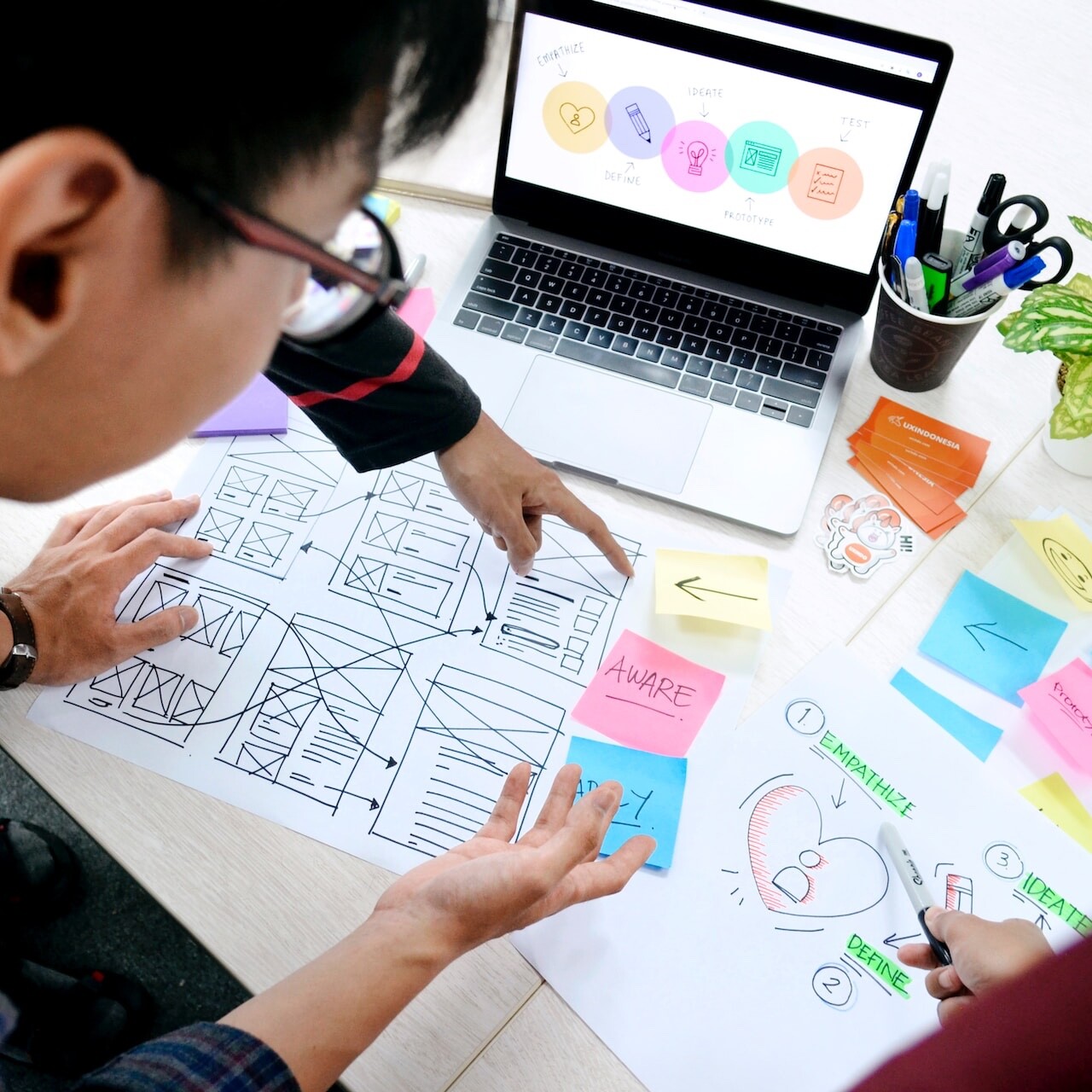- Home
- Experience
- UI/UX Testing: Tools of the Trade
UI/UX Testing: Tools of the Trade
In the design stage of product development, testing is the ideal tool to optimize and refine for usability. Usability testing tools are one of the most fundamental parts of the overall UI/UX design process. These tests can and should involve close observation as users move through pathways, for the purpose of identifying any usability issues or user experience sticking points. Naturally, as a part of the design process flaws are often an unavoidable part of the design process and once these issues have been discovered, a site owner can strategize on a plan to rework the process for heightened UX.
The first step to getting set up for any kind of testing is to first observe what’s happening on your website. You can do this with the usage of inexpensive software and testing tools that are fairly easy to set up and understand. They will give you a good idea of how users are interacting with your website on multiple levels.

Heat Map Software
Heat maps help to determine which elements of a page your visitors are clicking on, discover where people are clicking and what’s not working/working. Allows the gathering of insights on how to optimize navigation, landing pages, forms, calls to action, etc.
Analytics
Analytics are a great judge of what areas on a site are causing problems, allowing for a targeted approach to optimization. By the same token, analytics reports can easily measure if optimization strategies are working effectively. Metrics include bounce and exit rate, average time on page, and page value.
General Statistics
Statistics help to determine if one UI alternative is better than the other, or what is the likely range of impact (best case to worse case) a strategy could reasonably have.
After defining what the goal is and how you want users to reach it, you have to break down the steps that the user will take. This is where you want have to think about how to improve the UX design for each step.
You may focus on the user interface in the first step to see if the category links are clearly organized, intuitive, and well-designed. Then, you may want to try to improve the usability for the second step if you find that the search function has not been optimized to the best of its ability.
Finally, you want to test the effectiveness of the new UX design. You want to create new designs, images, layouts, or formatting to see if it performs better than the last iteration with testing tools. By working on improving the design for each step, it’ll ultimately lead to an outstanding user experience for the goal you’ve set.



